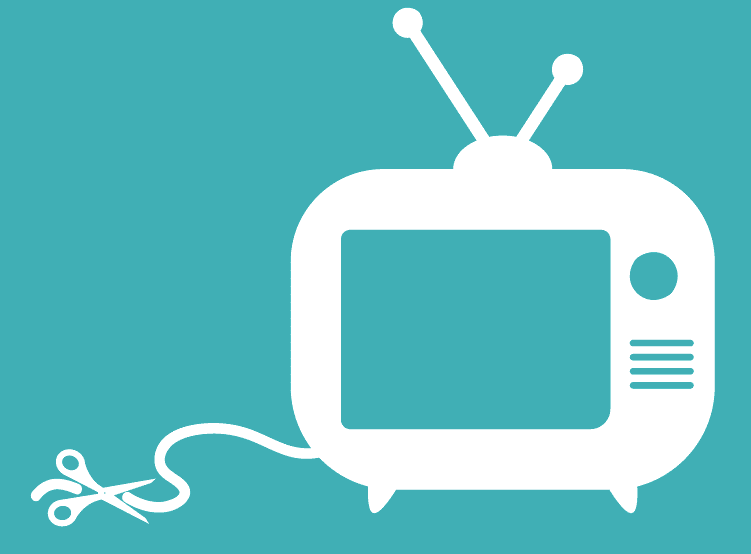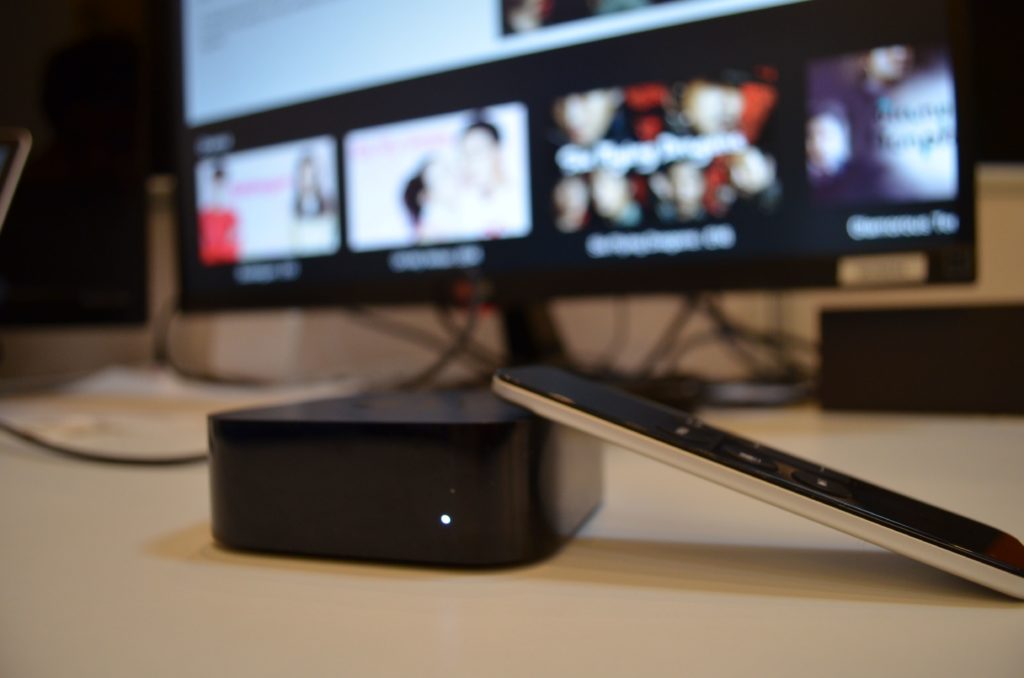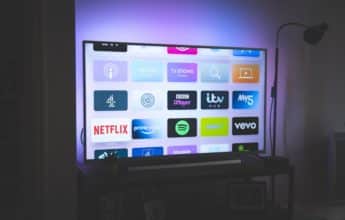In 2014, U.S broadband subscribers surpassed TV subscribers for the first time. As the decrease of TV subscribers continued, 2015 was looking to be the year that cord-cutting would impact the industry. Taking a look back into 2015, it turned out to be true for media and broadcasting. Consumers cut the cord at an increasing rate; technology companies introduced more sophisticated platforms; and broadcasting companies launched more services than ever.
The Cord-Cutting Trend Continues
Halfway through the year, over 500,000 consumers had already cut the cord according to Variety, an annual shrink of 0.7% compared to 0.1% in 2014. The rise is not unusual as consumers continue to place smartphones and tablets into their hands, and smarter TVs into their living rooms. According to Forrester Research, 24% of adults do not pay for TV. If 2015 has shown us anything, it’s that in a few years time, cord cutting will become the rule, not the exception.

The Rise of Streaming Platforms
As cable subscribers fell, technology providers moved quickly to accommodate the rapidly growing streaming customer base. 2015 saw a slew of media streamers entering the game with all the major players (Apple, Amazon, Google, Roku) refreshing their product lineup to offer up new media and ultra high definition (UHD) content. Leading the way, Roku released three new product models with the Roku 4, supporting 4K content and games. Amazon also introduced it’s newest Fire TV with a new version of Fire OS and 4K content support.
But perhaps the biggest platform news came from Apple with the new Apple TV, complete with TvOS (a new operating system) and an App Store specifically for the platform. We recently wrote about how the new Apple TV will transform the TV Experience, and it’s already beginning to. The new Apple TV, which was only announced in September, has over 2,600 apps already, and over 400 new apps are being added weekly. What differentiates it from its competitors is the plethora of categories apps are being built for, from the most obvious gaming and media apps to entertainment, education, lifestyle, weather and retail.
Content Providers Stepping to the Plate
Image via ITPro
In 2015, content providers and broadcasters decided to serve up content directly to consumers via apps. Popular premium channels such as HBO Now and Showtime Now were launched (among many others) and streaming apps saw their revenue triple by July 2015. Platforms also saw a record number of apps being submitted to stores as Roku now has over 2500 apps, Amazon over 1500 and Apple TV more than 2,600. Interesting to note, although Apple TV has over 1,000 gaming apps, 28 out of the top 50 apps are media and entertainment.
What’s in Store for 2016?
The New Year will see these trends accelerate. Cord cutting will continue to rise, a result of more technology options for consumers as platforms like Roku, Apple TV, Fire TV, etc. continue to penetrate the market.
We can also expect a wide range of new services to enter the milieu. Companies like ABC, Fox, NBC, and Telemundo are slated to launch subscription OTT services in 2016, with niche content providers likely to become more prominent as well.
With the technology and consumer interest already in place and the increase in content providers entering or planning to enter the market, we can expect 2016 to be a year of rapid growth in the connected TV space.








